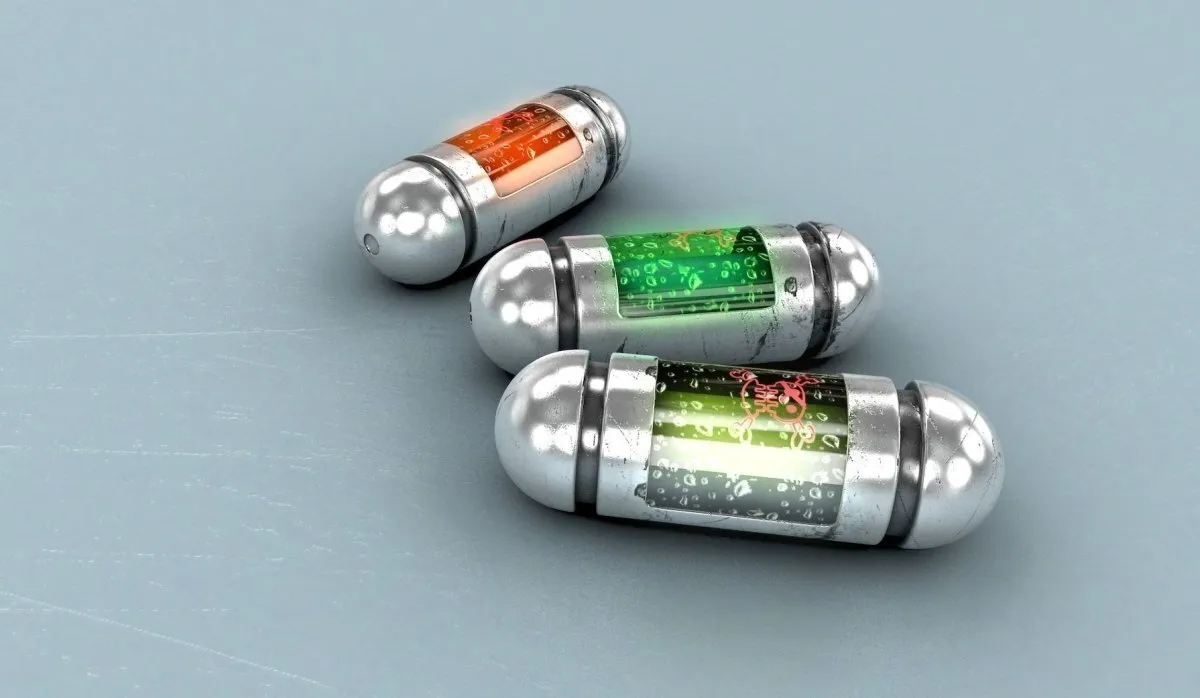How Edible Robots Are Reducing Electronic Waste

Have you ever imagined eating a robot? It might sound like a strange concept — food is organic and edible, while conventional robots are inorganic and inedible — but emerging research has shown that this concept is not so far-fetched after all. Just think of the amount of electronic waste that could be avoided if a device was digested by our bodies like any other food we consume for nutritional purposes, the journal Advanced Sensor Research reported.
According to Valerio Francesco Annese, a researcher at the Italian Institute of Technology, sustainability is often an afterthought in robotics and electronics, despite the rapid advancement of these fields. This has led to the accumulation of electronic waste in landfills, which leach toxic heavy metals into the surrounding environment and pose health hazards. Electronics also have a complicated recycling stream owing to the different materials incorporated within a device, adding to the problem.
Edible electronics would help mitigate these issues, as food-based devices are not only biodegradable and biocompatible, but their constituent materials are non-toxic. As a result, their intentional or accidental consumption would be harmless to both humans and animals.
This futuristic concept is being brought to reality by a group of researchers, including Annese, through the RoboFood project.
“The European-funded RoboFood project aims at advancing the emerging field of edible robotics, which studies the application of food-derived materials into functioning robots,” Annese explained. “Edible robots are not only biodegradable data-x-items made of edible materials, but they can also serve a nutritional function.”
Led by Dario Floreano, the director of the Laboratory of Intelligent Systems at the Swiss Federal Institute of Technology Lausanne (EPFL), RoboFood integrates food science with soft robotics. This merging of two very different fields inspires the development of new and interesting applications, including recreational food experiences. RoboFood’s website asks us to imagine the following scenario:
“Ordering your pizza and having it delivered in a few minutes by a drone? That could soon be routine. But what about having the drone itself for dessert, instead of sending it back?” he said.
Beyond recreation, edible drones could provide nutrition for humans in emergency situations, or edible robotic prey could supply vaccines and supplements to wild or endangered animals. On the flip side, robotic food composed of edible actuators and electronics could enhance food safety, accurately indicating food expiration and protecting the product from heat or humidity during storage. In healthcare, edible devices could be used as non-invasive diagnostic tools—for example, in the gastrointestinal tract—and robotic food could help patients swallow medication.
Towards these aims, Robofood researchers have already built an edible gelatin-based rechargeable battery (GelBat) and partially edible drones that could potentially be deployed in unmanned transport missions to those in urgent need of food or medicine.
Recently, the RoboFood team created an entirely edible bistable tilt sensor based on an inedible commercial analogue. Robots require rotation sensors to perceive orientation and operate autonomously, so this development marks an important step toward realizing functional, fully edible robots.
4155/v





















